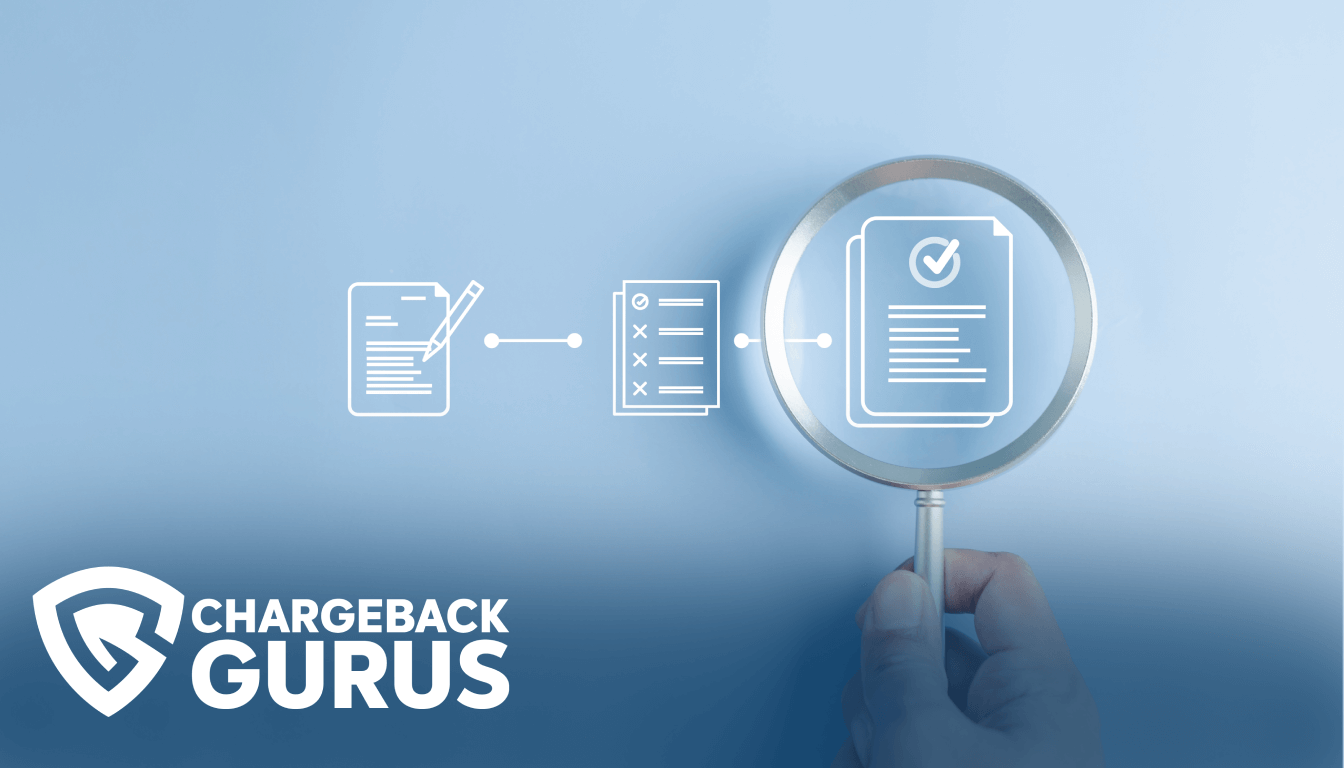MasterCard Chargeback Reason Code 4837: Fraud

Table of Contents
- What is Mastercard chargeback reason code 4837?
- What causes code 4837 chargebacks?
- What's the time limit to respond to code 4837 chargebacks?
- How can merchants fight code 4837 chargebacks?
- How can merchants prevent code 4837 chargebacks?
- About Mastercard chargeback reason codes
Merchants who receive a chargeback for a transaction placed with a Mastercard card may encounter reason code 4837, which indicates an improperly authorized transaction that the cardholder does not believe they should be responsible for paying. The actual underlying cause of this chargeback may be true fraud, friendly fraud, or merchant error. Merchants who believe they have received an invalid chargeback under reason code 4837 may be able to represent the transaction and reverse the chargeback with the right compelling evidence.
What is Mastercard chargeback reason code 4837?
Mastercard chargeback reason code 4837 falls under the “Fraud” category. The shorthand description is “No Cardholder Authorization.” This reason code means that the cardholder has disputed a charge claiming didn't authorize it
What causes code 4837 chargebacks?
Code 4837 chargebacks are most often caused by either a fraudster making a purchase with stolen payment credentials or a cardholder failing to recognize a legitimate charge.
When a fraudster places a transaction using stolen payment credentials, it may result in a true fraud chargeback under this reason code.
Sometimes, cardholders will forget or fail to recognize a charge on their bank statement and may mistakenly dispute it. It’s also common for cardholders to dispute charges placed by family members who had access to their account. These would be considered friendly fraud chargebacks.
Merchant error can also result in this chargeback when proper authorization procedures are not followed.
What's the time limit to respond to code 4837 chargebacks?
The acquirer or merchant has 45 days to respond to a chargeback filed under reason code 4837.
How can merchants fight code 4837 chargebacks?
Merchants can fight code 4837 chargebacks by providing evidence that the charge was authorized, such as signed delivery confirmation or records showing the cardholder downloaded or used a digital purchase.
The evidence required varies depending on the type of transaction:
- Documentation that proves that the cardholder authorized the transaction.
- Evidence showing that the chargeback does not comply with Mastercard’s rules and is therefore invalid.
- If the chargeback carries the “CNP Airline Transaction” modifier, provide at least one of the following, with a written explanation if necessary:
- A boarding pass, ticket, or flight manifest with the passenger’s name on it.
- Transactions related to the disputed charge, such as seat upgrades, baggage fees, or in-flight purchases.
- Documents that establish a relationship between the passenger and the cardholder.
- Proof that the cardholder earned frequent flier miles for the flight.
- Proof that the ticket was received at the cardholder’s billing address.
- If the chargeback carries the “Customer Profile” modifier, include proof that the cardholder was required to register with a password before making a purchase, along with the following:
- Proof that the cardholder or an authorized user made other prior purchases and did not dispute them.
- Proof that the disputed transaction was made from a device or IP address associated with the account.
- Proof that digital goods were delivered to an email address associated with the account.
- Delivery confirmation signed by the cardholder.
- Proof that SecureCode was used to register a PAN for future transactions.
- Proof that the cardholder or an authorized user registered the purchased goods for a warranty or future updates.
- If the chargeback carries the “Digital Goods Download” modifier, include the cardholder’s written confirmation that they registered to receive electronic delivery of the disputed goods.
- If the chargeback carries the “eCommerce Transaction: Partial Shipment or Balance Due” modifier and you obtained authorization for related partial or balance due transactions after the initial transaction, include all of the following:
- Proof that the original transaction was a Digital Secure Remote Payment transaction or was initiated through SecureCode.
- A description of the goods or services purchased in the original transaction.
- The date and authorization approval code for the original transaction.
- Proof that the original transaction was not disputed.
- If the chargeback carries the “Recurring Transaction” modifier, include all of the following:
- A description of the goods or services purchased.
- The date of the initial transaction.
- If applicable, proof that SecureCode was used to initiate the original transaction.
- If applicable, proof that the CVC2 code was provided and validated in the authorization response.
- Documentation showing earlier, undisputed transactions, with dates.
- If the chargeback carries the “Site to Store” modifier, provide a signed receipt or other documents referencing “will call” or “in-store pickup” that show that the cardholder received the purchased goods.
- If you have already processed a refund for the transaction in question, provide documentation that proves you have credited the cardholder’s account.
- If you have resolved the issue directly with the cardholder, provide proof, such as written correspondence, that proves they no longer wish to dispute the charge.
How can merchants prevent code 4837 chargebacks?
Merchants can prevent code 4837 chargebacks by using a billing descriptor that customers will recognize and by using effective fraud prevention tools.
The following best practices can help you avoid this kind of chargeback:
- Use tools like SecureCode, CVC2, and AVS.
- Use third-party anti-fraud tools.
- Make sure your merchant descriptor is easy for cardholders to recognize when they view their bank statements.
- Always obtain authorization approval for every transaction you process.
- During clearing, note internet, phone, and mail orders to differentiate card-present and card-not-present transactions.
- Always use EMV-enabled payment terminals.
- Always verify cardholder identity with a signature, PIN, or whatever method is appropriate.
- Never accept expired cards.
- Do not force unauthorized transactions to go through.
- Train your staff on the proper transaction processing, authorization procedures, and how to handle problems with payment terminals.
About Mastercard chargeback reason codes
Reason codes are alphanumeric codes that provide the justification for granting a chargeback. Pursuant to the Fair Credit Billing Act of 1974, cardholders have the right to dispute unauthorized or erroneous charges, and issuing banks must reverse a disputed transaction if the cardholder’s claim is valid.
When a cardholder contacts their issuing bank to dispute a transaction and receive a chargeback, the dispute is assigned a reason code that most closely matches the substance of the cardholder’s claims. The reason code provides the merchant and other stakeholders in the dispute with a concise explanation for why a chargeback has been granted.
Each card network—Visa, Mastercard, American Express, and Discover—defines and maintains their own unique set of reason codes, which are applied to disputes by the banks that issue credit and debit cards under their brands.
Mastercard specifies 21 reason codes under the categories of Fraud, Authorization, Point-of-Interaction Error, and Cardholder Disputes. Mastercard uses a four-digit numbering scheme for its chargeback reason codes.
Understanding chargeback reason codes is one of the most essential parts of effective chargeback management. Identifying the chargeback reason code and the evidence required to fight it is the first step in chargeback representment, and analyzing your chargeback reason codes can provide you with insights into what types of disputes are causing you the most trouble. With this information, you can determine the root causes of your chargebacks and take action to prevent them from reoccurring.


